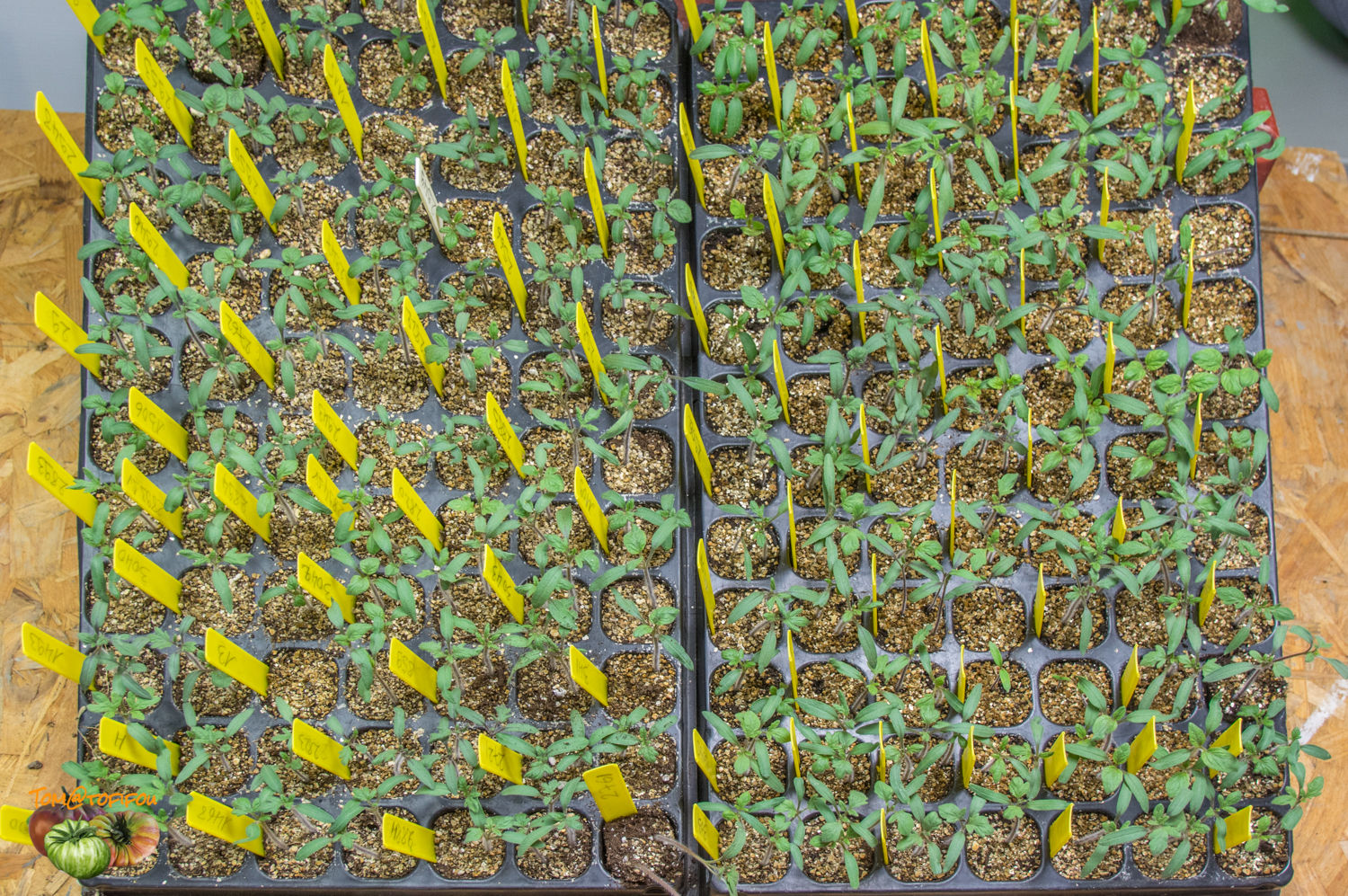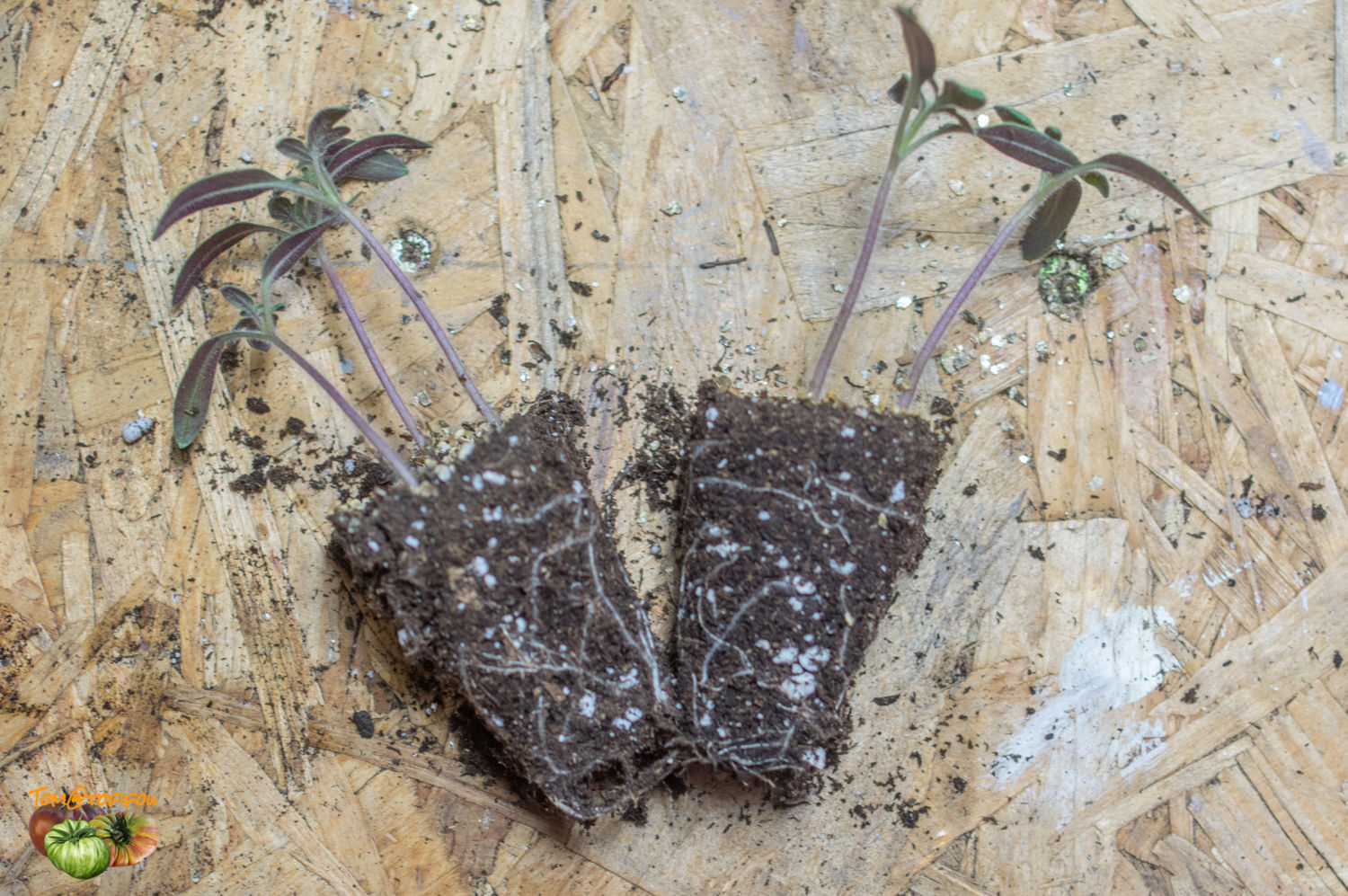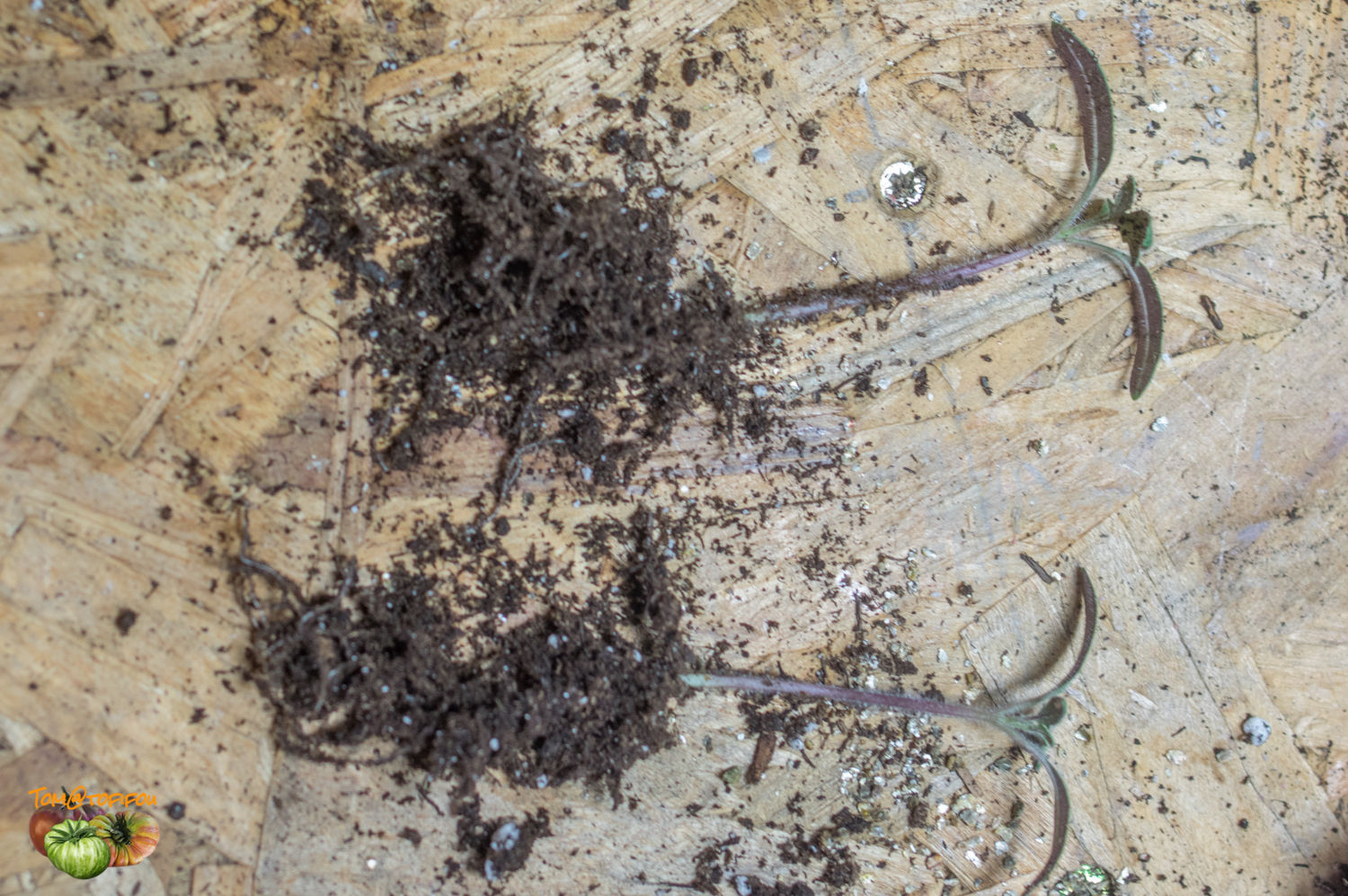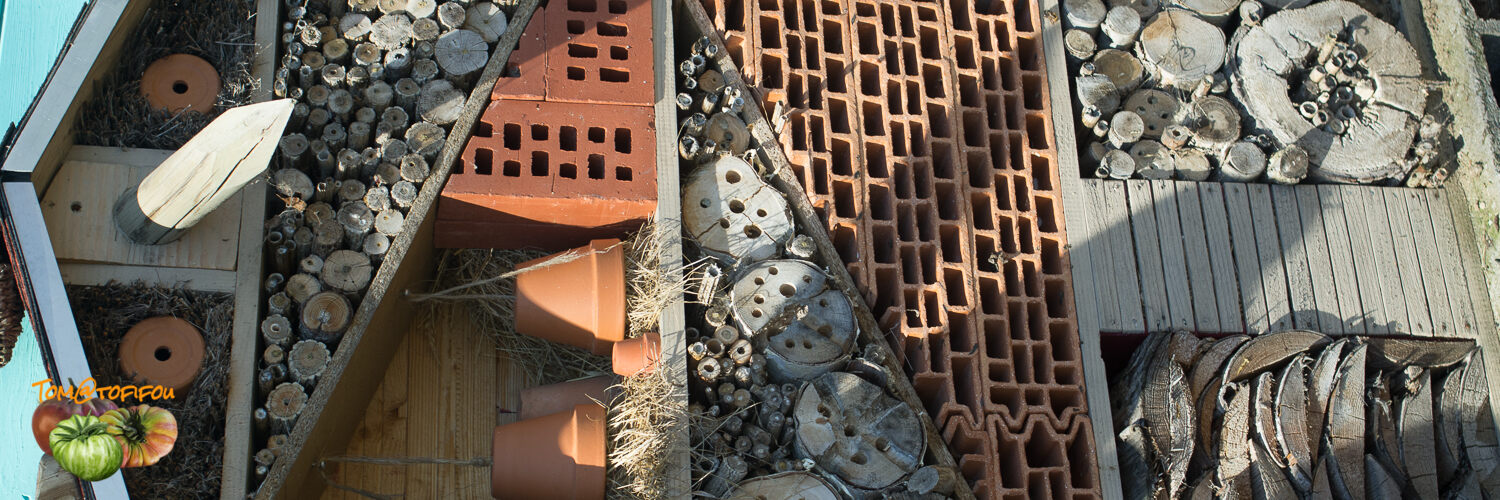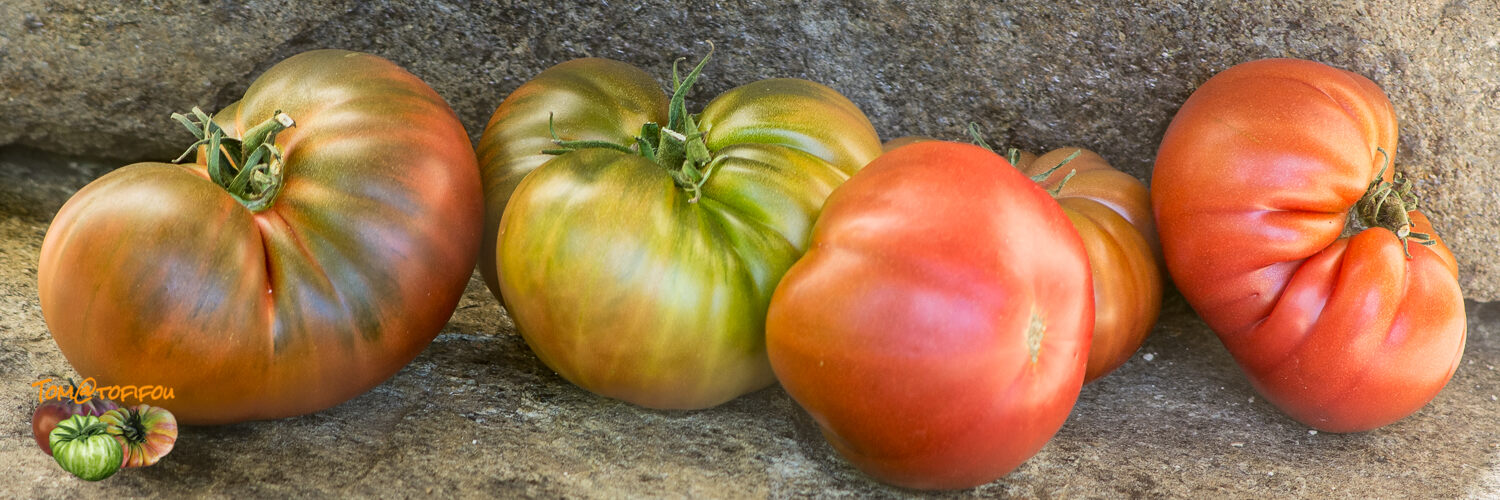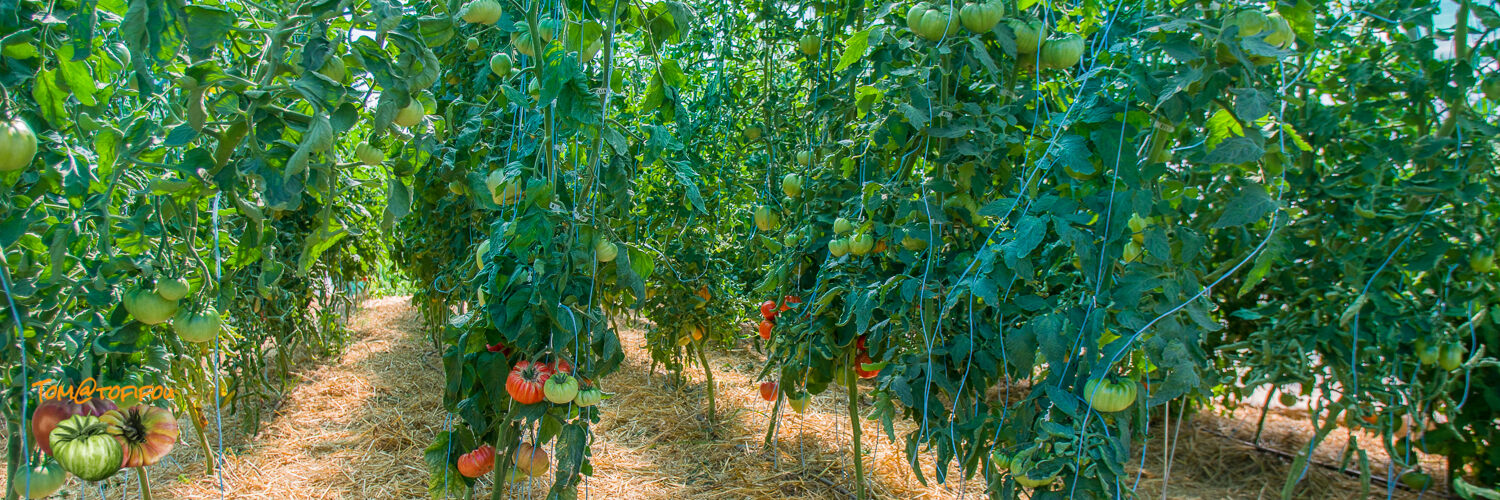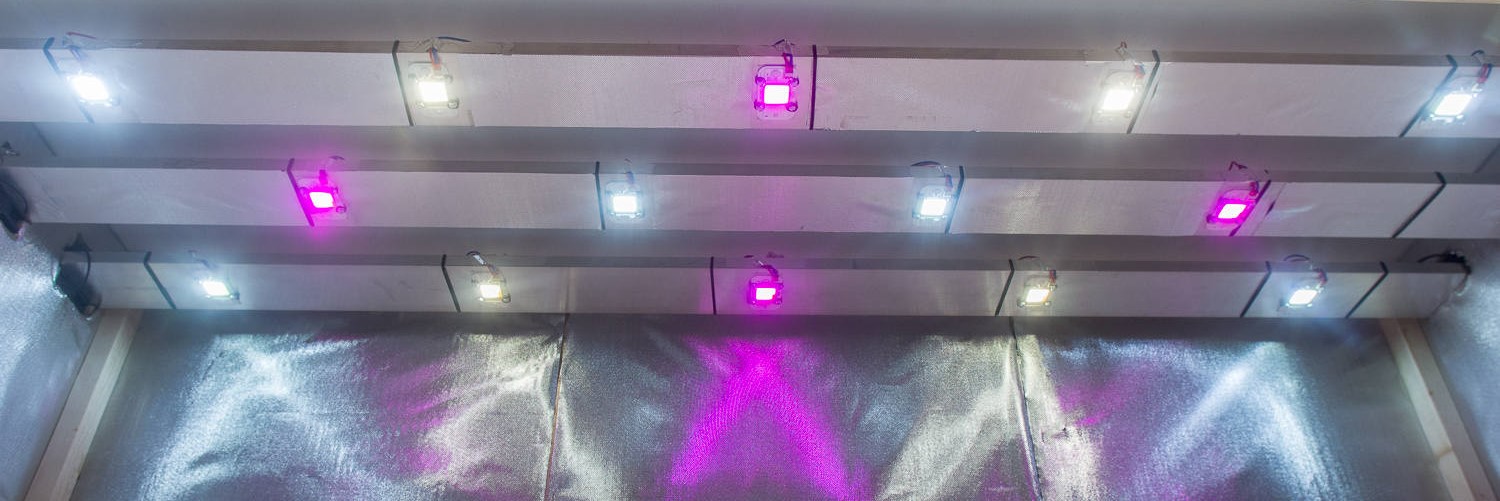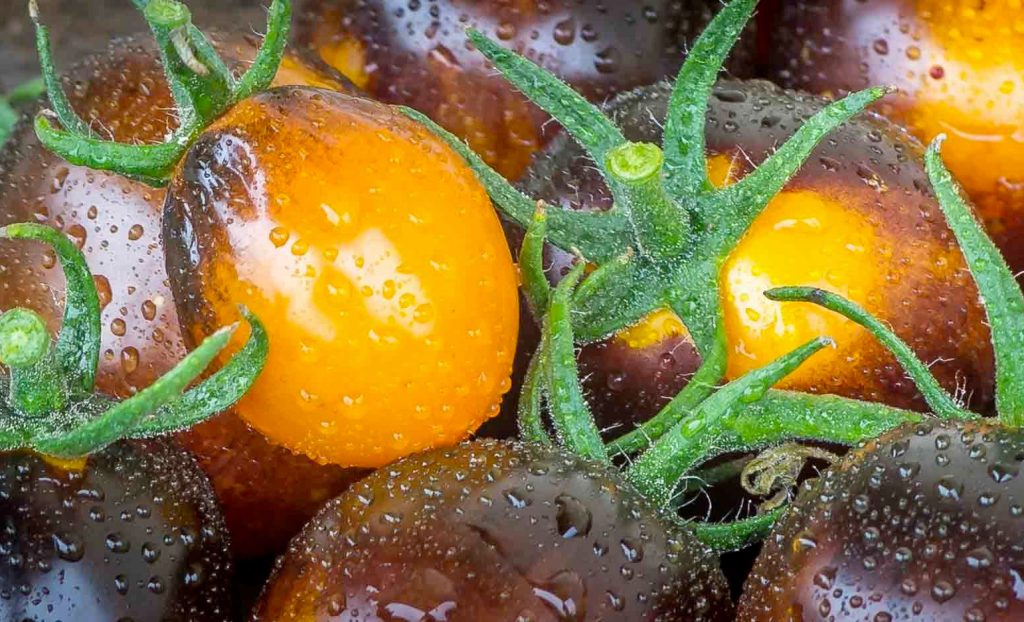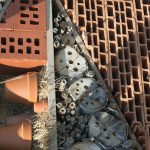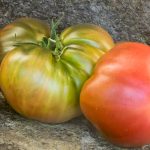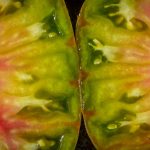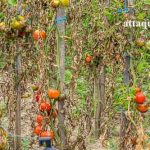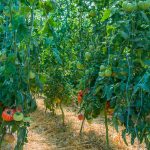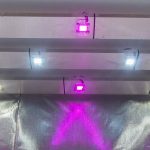
I have often been asked this question during the exhibitions in which I have participated. This stage in the cultivation of nightshades seems to be of particular concern to gardeners, whether they are beginners or not. This article aims to play down this phase of cultivation which, if you follow a few simple rules, is altogether banal. The methodology described below is valid, with a few nuances, for peppers/peppers, eggplants and tomatoes and more generally any plant that requires germination under controlled temperature and/or one or more transplants.
The methodology described below is valid, with a few nuances, for peppers/peppers, eggplants and tomatoes and more generally any plant that requires germination under controlled temperature and/or one or more subcultures.
Necessary material
- a quality soil, special for seedlings. Prohibit any other soil and especially ban first price soil from supermarkets.
- honeycombed plate or small capacity plastic pot/cup.
-Perlite: Allows to lighten and drain the substrate in which it is mixed.
-Vermiculite: Its properties make it an added value when mixed, with other substrates, for germination and cuttings. It has a high water retention capacity and the particularity of draining, lightening the substrate and promoting root development.
NB: these two items above are optional. They are not essential but they greatly promote good germination and good development of the young seedling before transplanting.
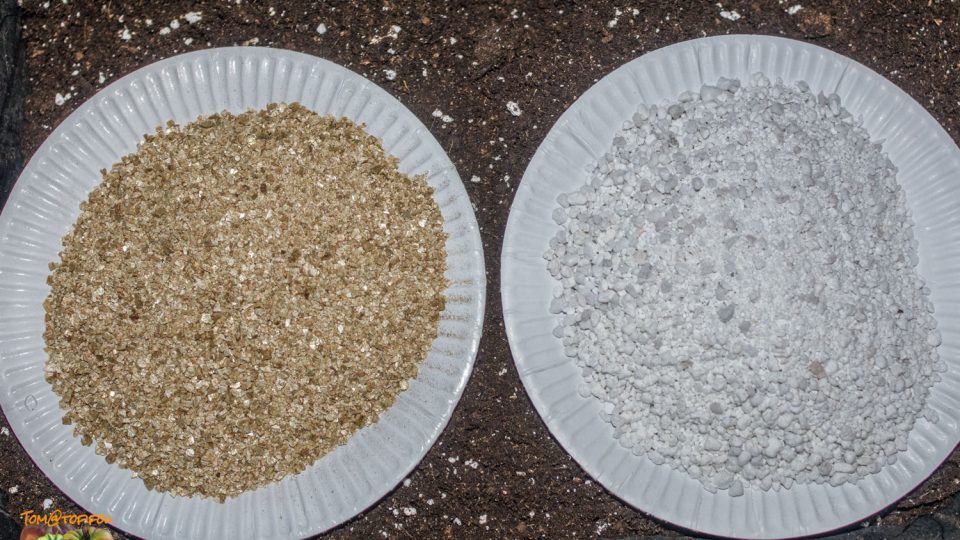
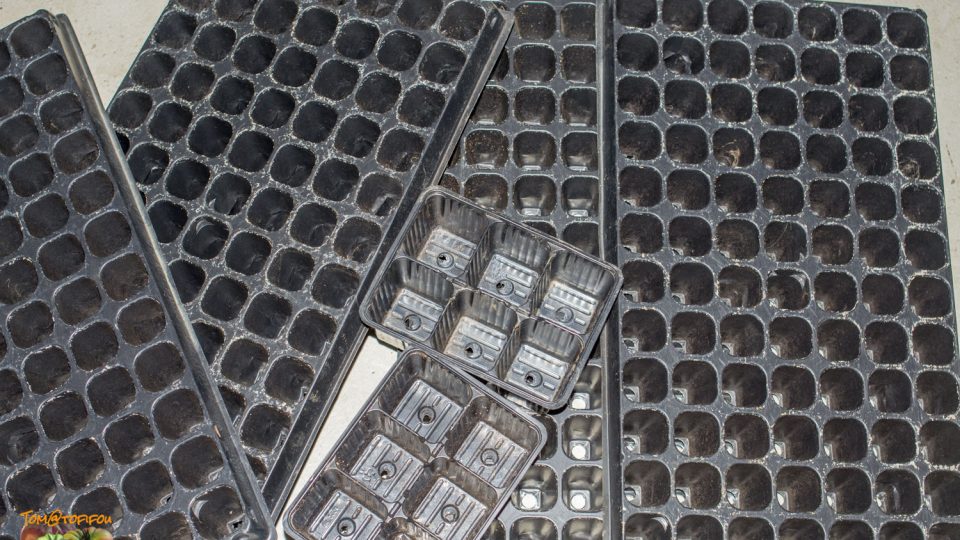
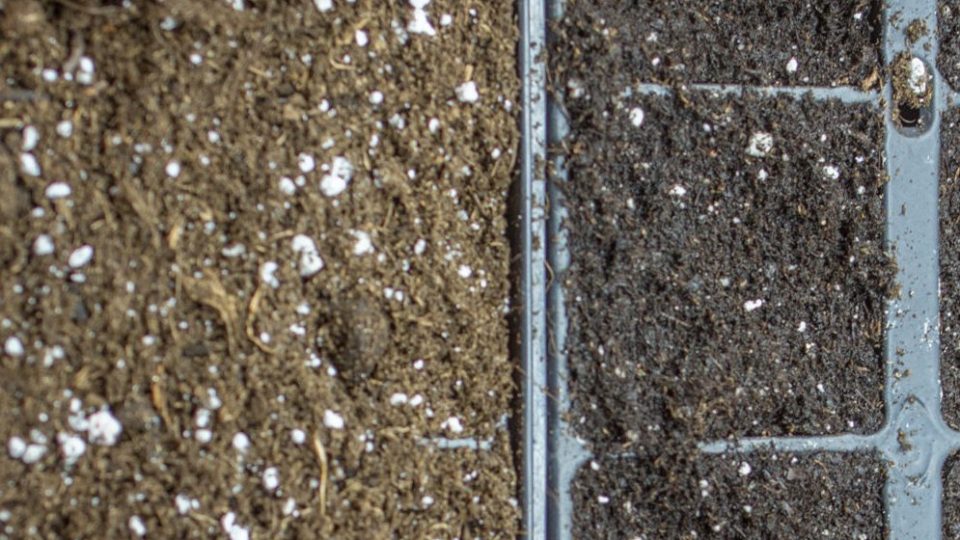
Preparation of the substrate for sowing:
In order to put all the chances on our side, in the first place, although using a special sowing soil, I sieve (grid of 5 x 5mm) the latter in order to remove the few waste that may be there (small pieces of wood, peat not completely decomposed, bark, etc.) and which could harm good seed emergence by hindering the progress of the seedling towards the light. Unfortunately these residues are always present, fortunately in small quantities in branded soils but imagine their volume in a first price soil... Then we incorporate 5% perlite into the soil to lighten it and drain it, thus increasing its capacity to water retention without the soil itself being too wet. You can also add 5% vermiculite for the same reasons, but personally I reserve this mineral for another use that we will see later.
2 days before sowing, we fill the honeycomb plates or/and the pots with the mixture obtained by tamping lightly. Then the plates/pots are soaked in order to moisten the substrate, monitoring because when the surface of the soil becomes moist, the drench is stopped. Leave to drain in the place where the sowing will take place so that the substrate is at room temperature, covering them with plastic to prevent evaporation (if you think the substrate is too wet, laying of the plastic is postponed up to a satisfactory degree of humidity).
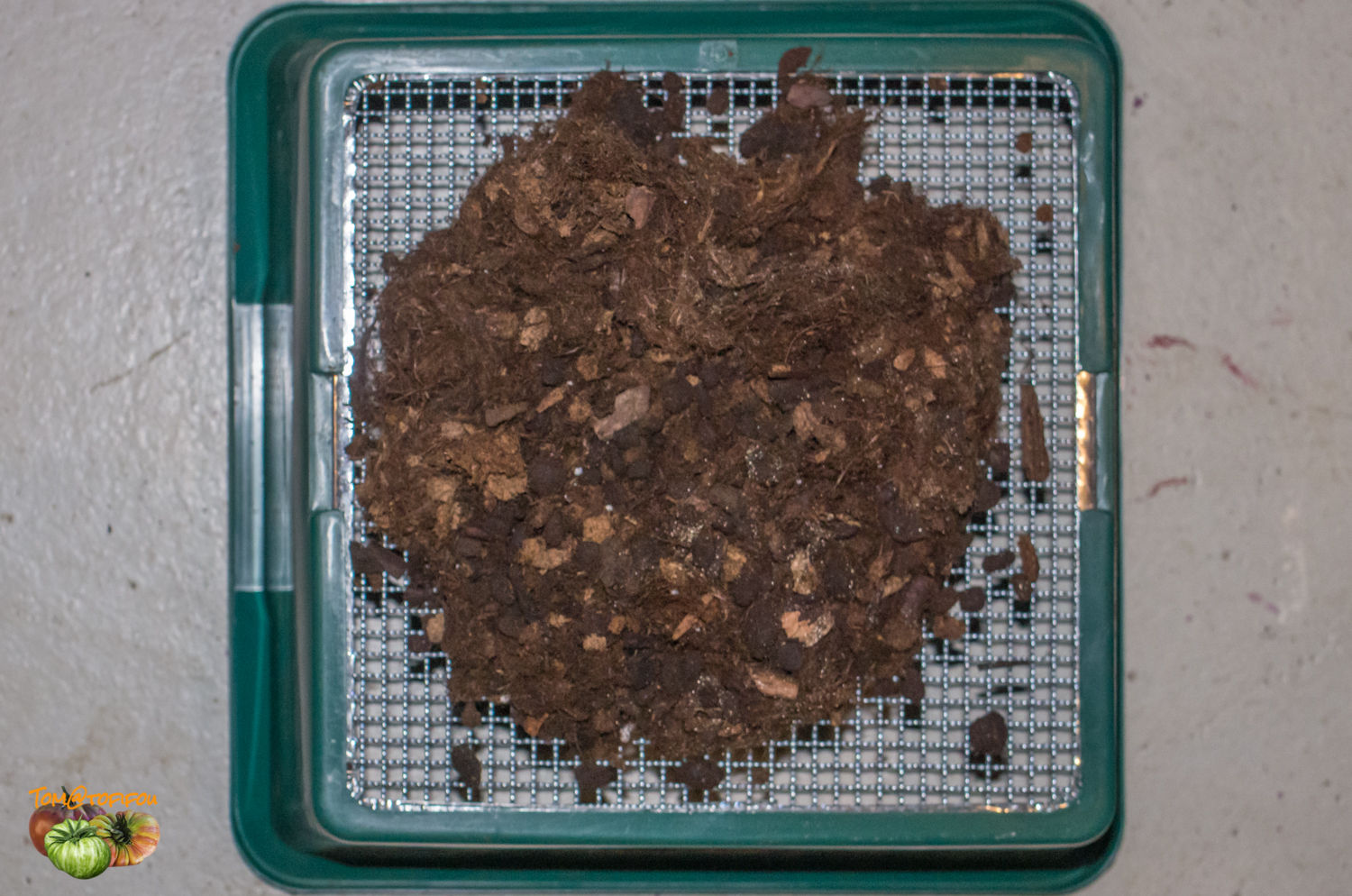
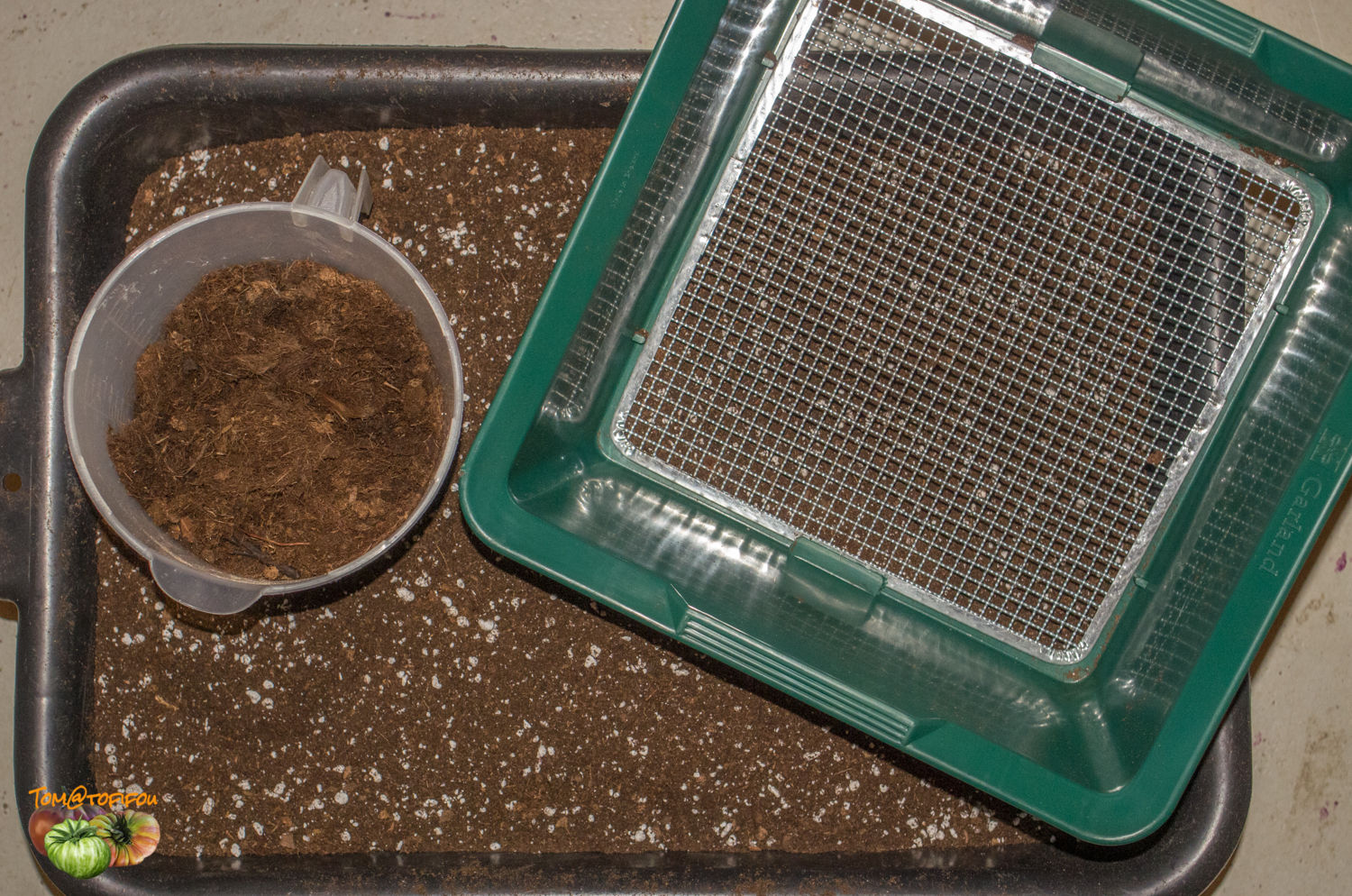
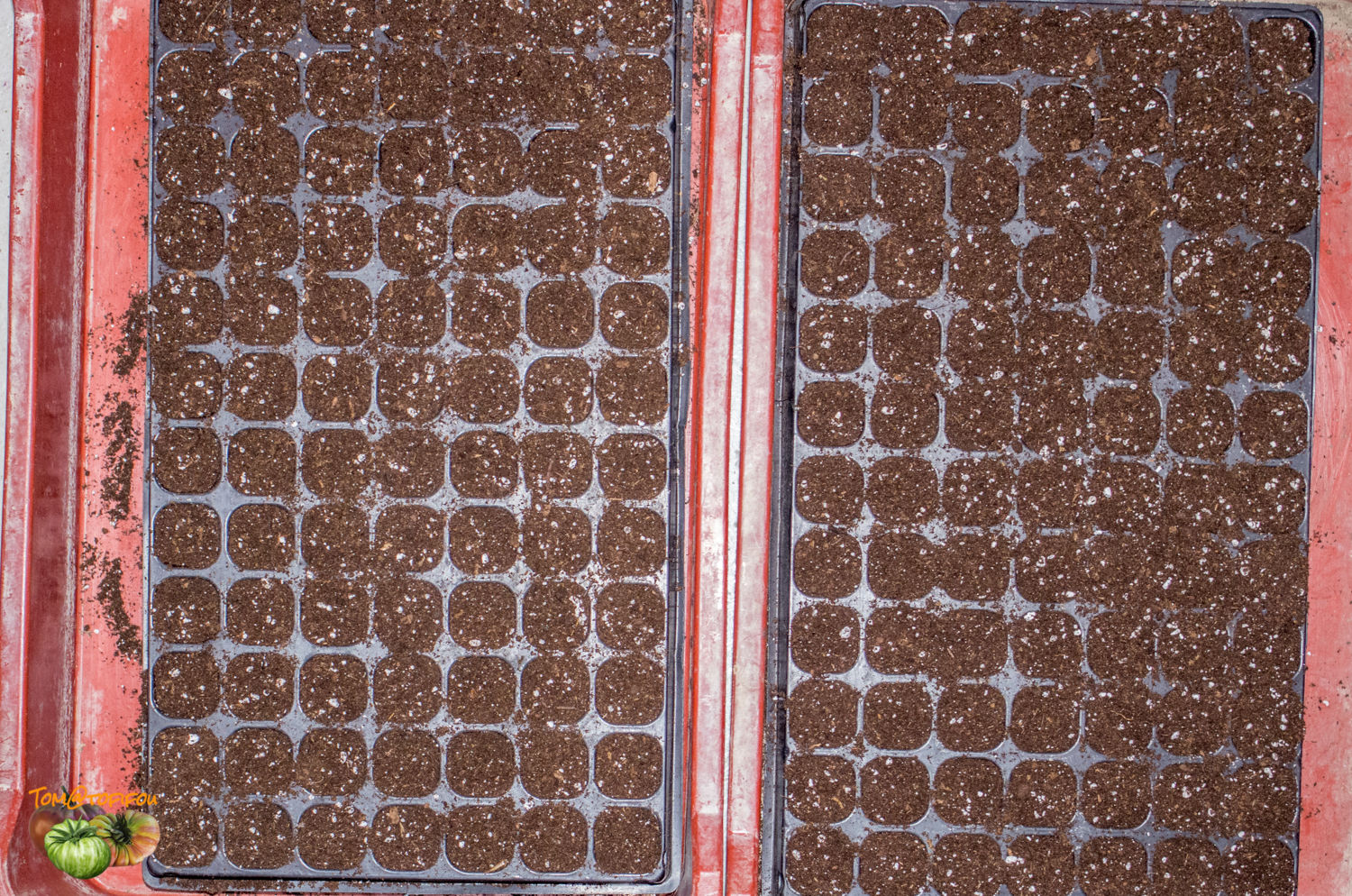
Preparation of seeds before sowing:
freezing the seeds seems to stimulate their future germination. If your seeds are not stored in the cold, one week before the scheduled sowing date, place your seeds in the freezer. They will be taken out the day before sowing in order to bring them to room temperature.
-Variant for peppers, chillies and aubergines
Once the seeds have reached room temperature, soak them overnight in lukewarm water to soften the integument (seed envelope), which is particularly tough in these species, making it easier to thus germination. Personally I use ice cube trays that are not bulky but sufficient to receive a few seeds. Take care to number the ice cube trays and list the varieties you want to sow so as not to mix them up. You can also use this variant when you want to sow very old tomato seeds, more than 10 years old, by adding a germination stimulator to the water if necessary. After soaking overnight, the seeds should be at the bottom of the trays, otherwise, if seeds float, this may indicate poor seed quality and therefore poor or non-germination.
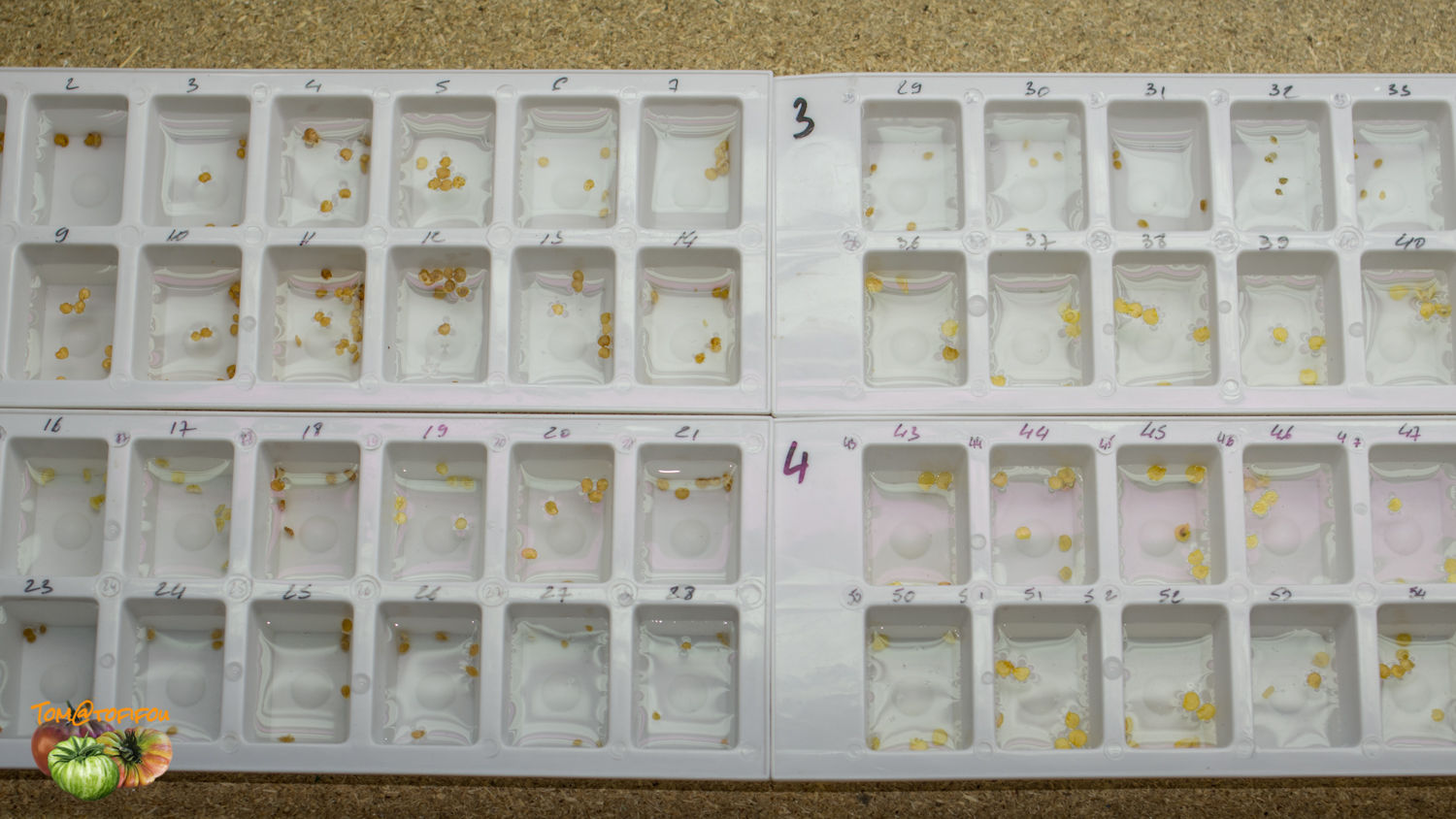
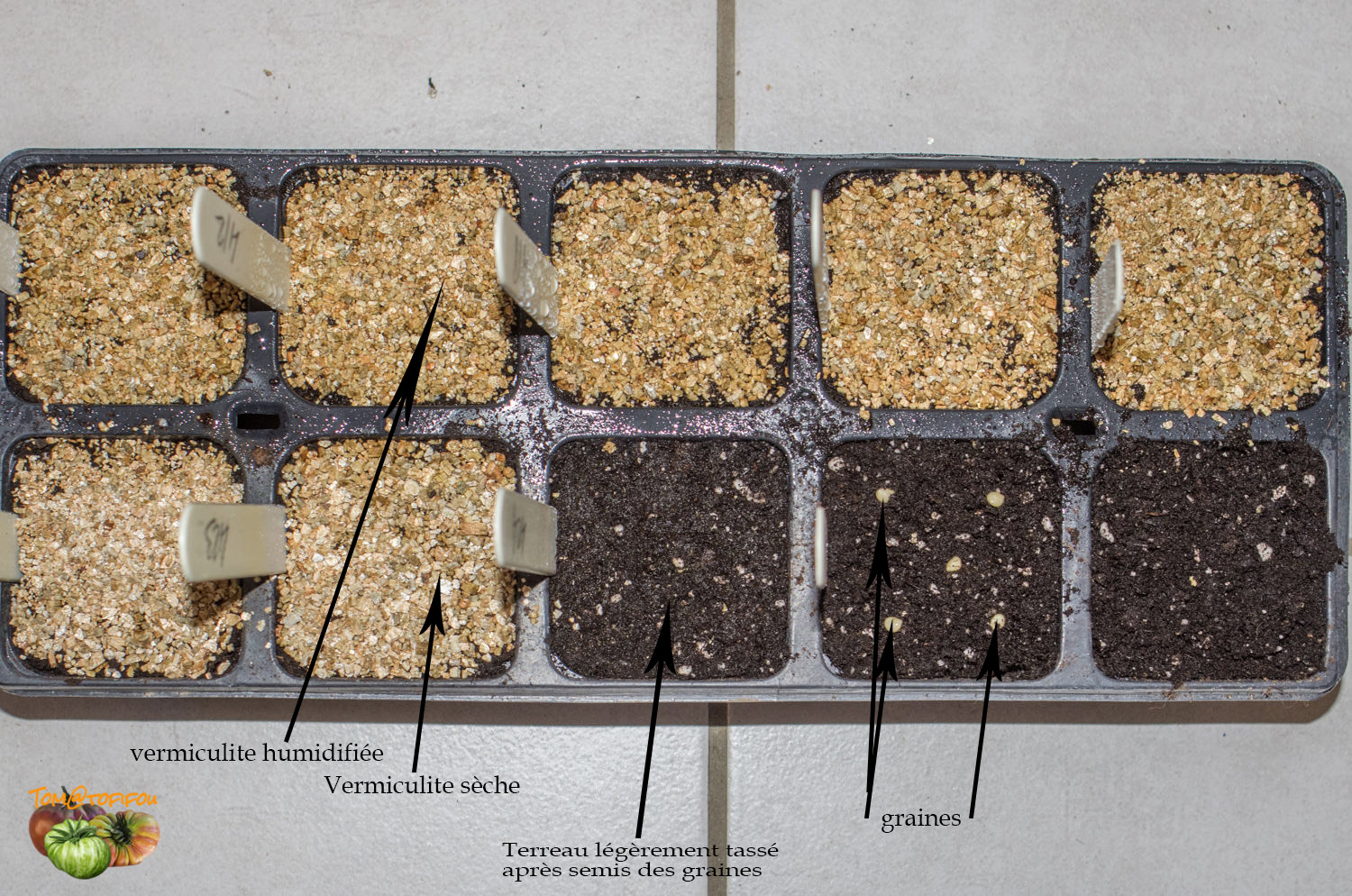
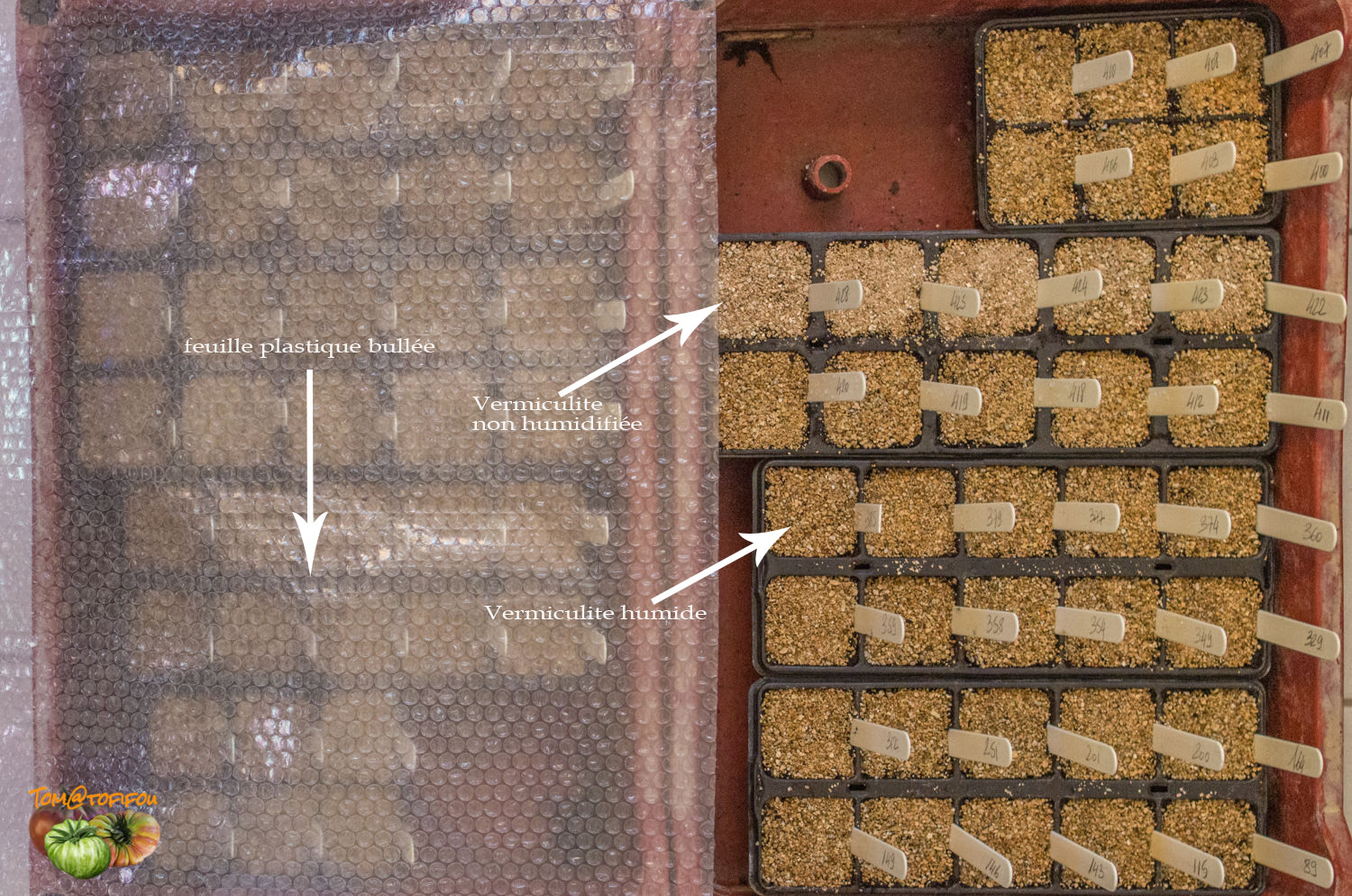
Sowing:
We sow the seed by burying it shallowly, tamp it lightly, then cover the substrate with a few millimeters of vermiculite which will act as a humidity regulator and prevent the surface of the soil does not dry out and form a crust. (the vermiculite must soak up the humidity of the substrate and take on a dark color, a sign of good humidity). When a plate has been seeded, it is covered with a bubbled plastic sheet and placed in a warm place. For peppers and peppers the optimum temperature range is 22 to 26°C, for tomatoes and aubergines it will be 20 to 24°C. At this stage the light is not essential, on the other hand a constant heat is essential, more quickly will be the lifting less there will be risks of rotting of the seed. In no case does he need to water the seedlings, at the limit lightly spray. (an indicator: if the surface of the vermiculite is wet, no spraying, otherwise spraying becomes necessary).
After lifting:

First, remove the bubble wrap that was used to maintain a good level of humidity. An optimal light source is therefore essential. The temperature is less important and can even decrease, a range of 18 to 22°C is ideal. The source of light can only be natural, even behind a window exposed to the South this will not be sufficient, especially at the time when the sowing of solanaceae is carried out, the days are too short and the sunshine not generous. It is therefore necessary to find substitutes or auxiliaries, in order to prevent the plant from "spinning", there are several kinds according to the needs. At this stage the plant needs about 12 hours/day of light, when using an auxiliary light source ensure that it is at a good distance from the plants. For a 200W lamp it must be between 30 and 40 centimeters, there is no risk of burns as these lamps give off very little heat. The 10 to 20 days following the emergence there is not much to do except the monitoring of a good degree of humidity, avoid any watering from above favor watering by basin or failing that, spraying.
Auxiliary light sources:
Neons: often ramped from 3 to 10 units.
CFL lamp: economical, good value for money, to which it will be necessary to add a reflector.
Count +/- 150 to 200 W for 1/2 m². Note that the power announced is not the power actually consumed, in general it is 80% (a 200W lamp will actually consume +/-160W).
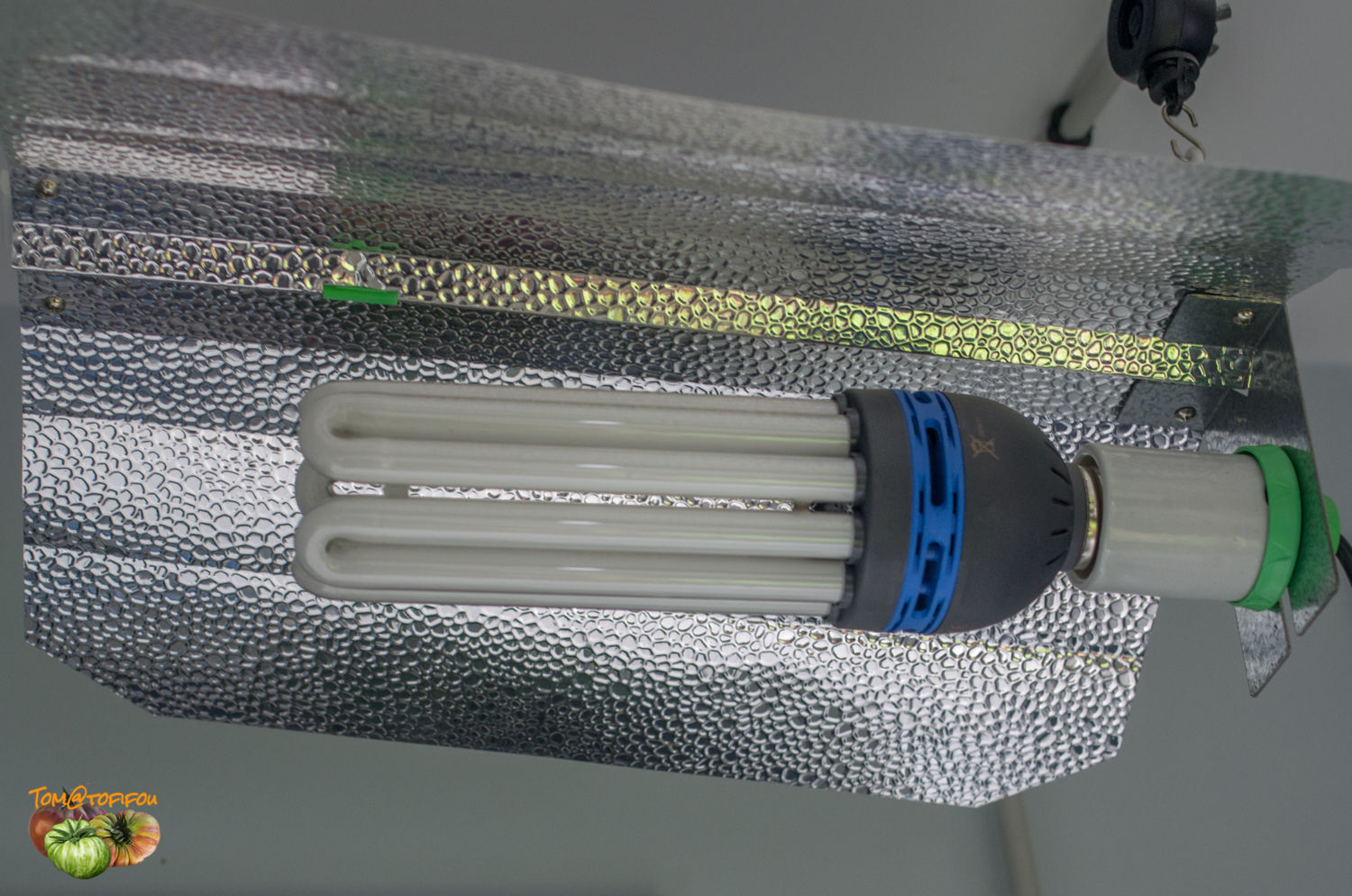
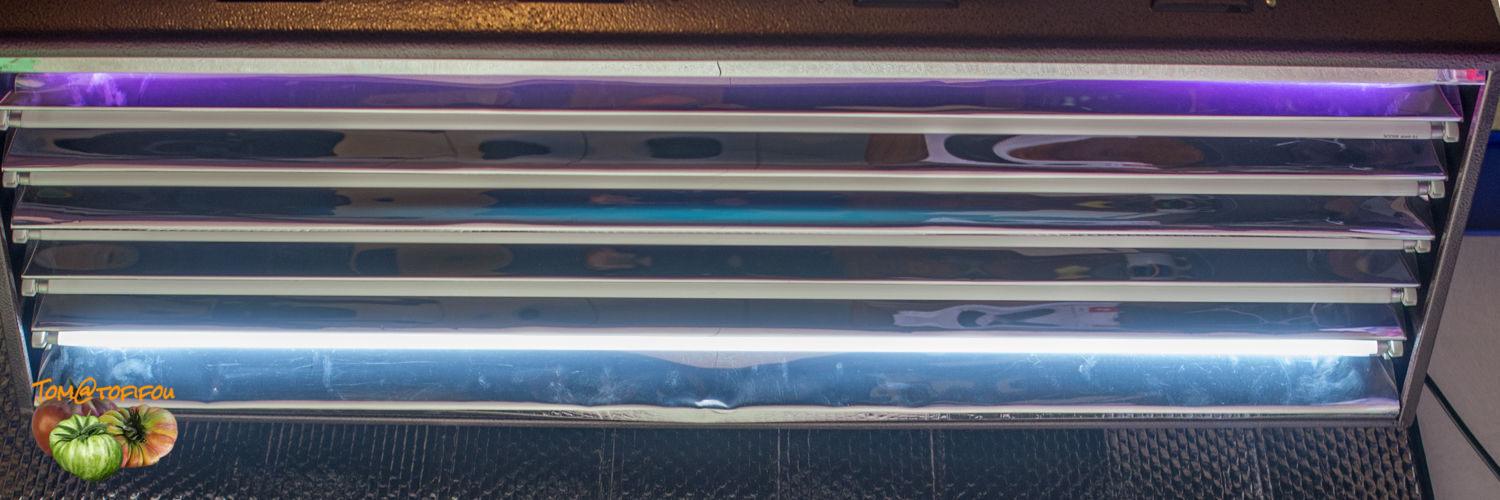
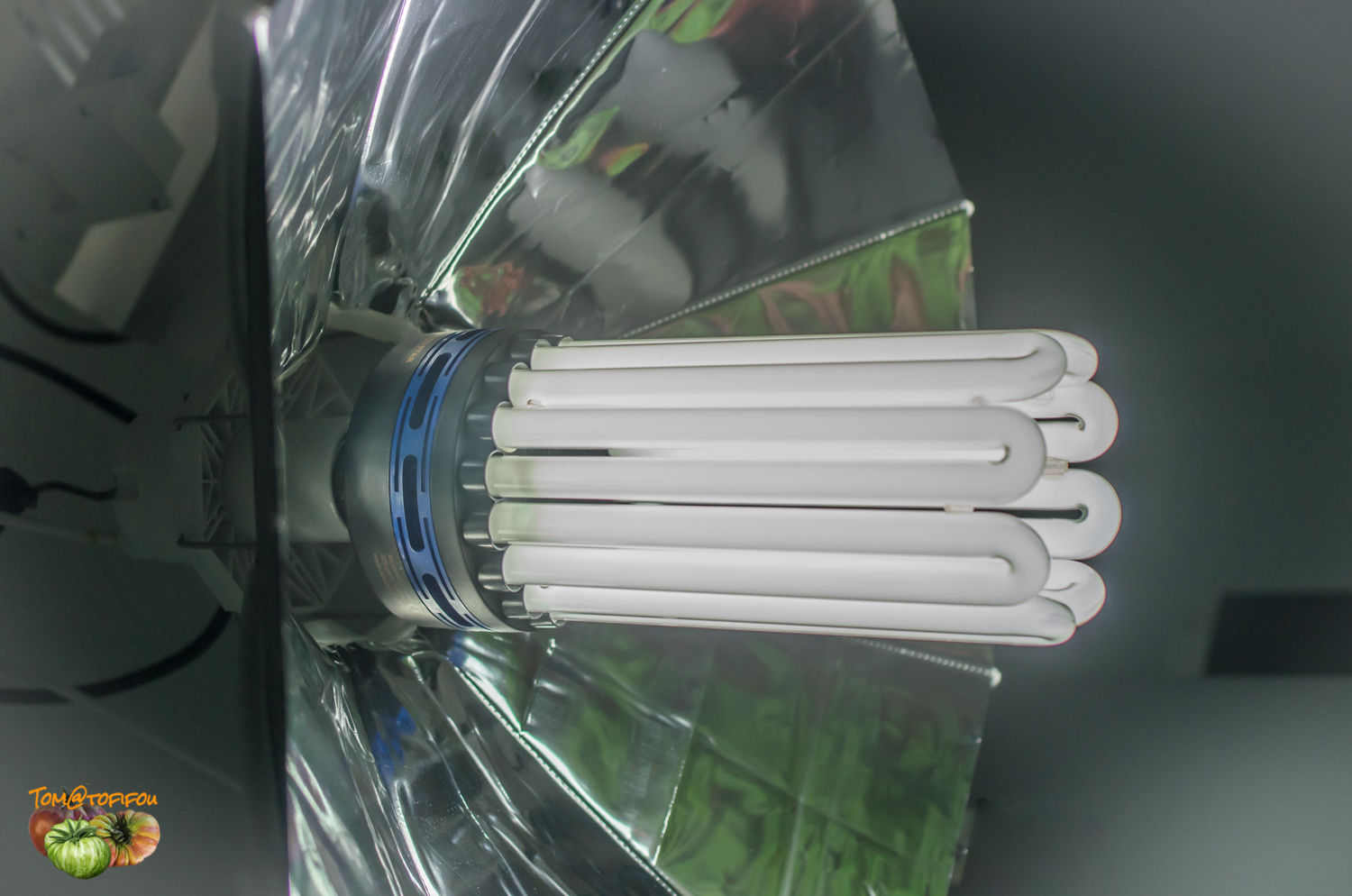
Transplanting:
As soon as the seedlings have two true leaves, they are good for transplanting! In anticipation of this transplanting, let the root ball dry out a little, this will make it easier to separate the plants if there are several feet in a mini root ball. Indeed, the absence of humidity, the compost easily detaches from the roots without damaging them. When transplanting it is good to bury the plant as deeply as possible, ie the cotyledons are flush with the substrate.
